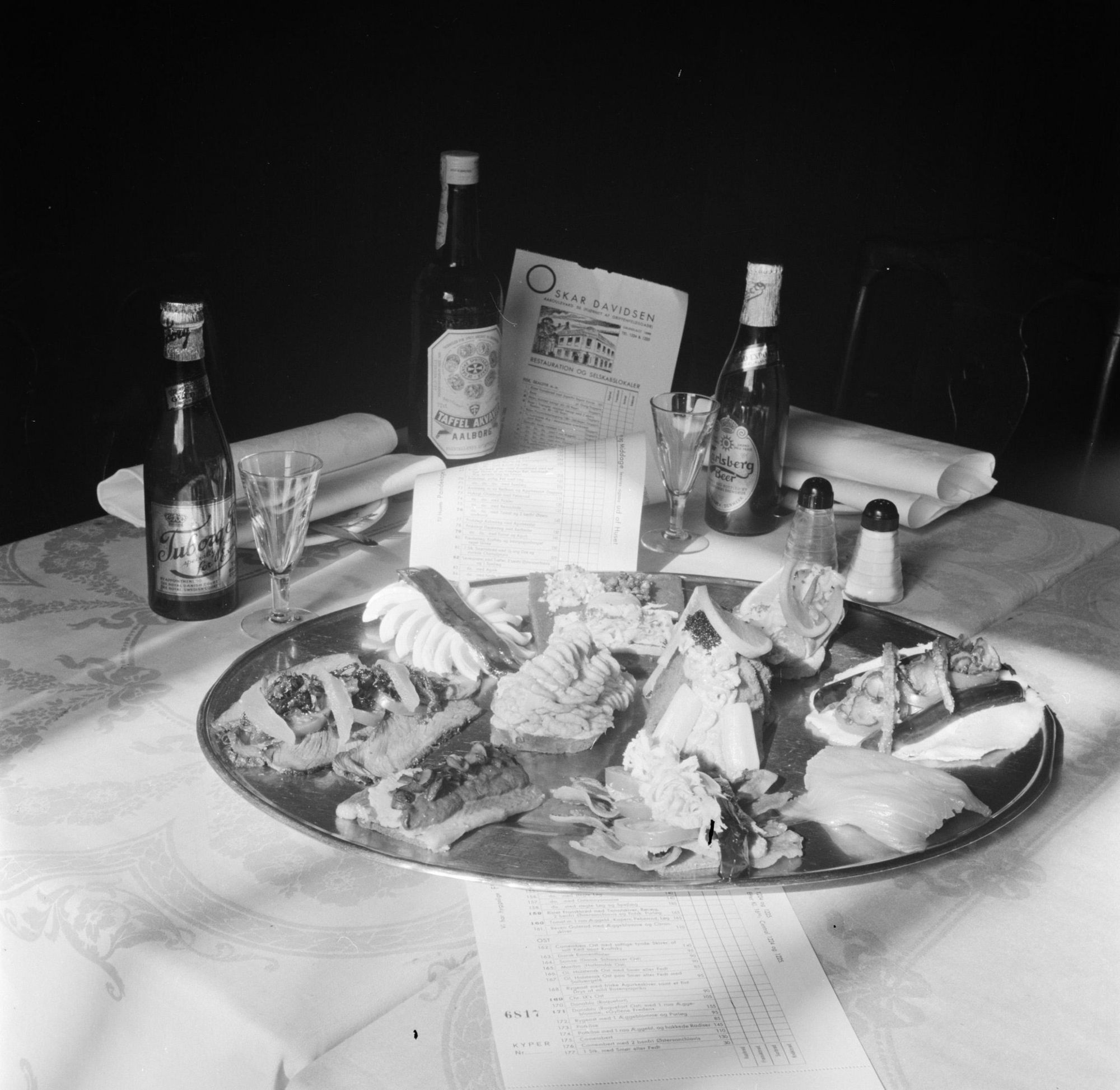What is akvavit, or, as it’s commonly spelled in English-speaking countries, aquavit? It’s not a bottle you see in most liquor shops in Australia unless you really go looking for it.
I first came across it studying in Wisconsin. One night, drinking with my fellow exchange students, my Danish mates Mathias and Martin began pouring snaps – what they call ice cold glasses of akvavit. They’d had bottles sent to them as care packages from home to prepare for Christmas. I was excited as only a booze geek can be. Here, in Wisconsin, I was embarking on a little trip to Denmark courtesy of a little snaps. That’s globalisation for you.
Akvavit is a distilled spirit flavoured with caraway, coriander, dill and others. Although the way it’s made and the way it is drunk varies, akvavit is a drink common to Scandinavia. Its name stems from the Latin aqua vitae, meaning “the water of life” an etymological root it shares with whisky and eau-de-vie. There are different types of akvavit – some are clear and some take on the colour of the wood barrels they age in. Its savoury flavour profile makes akvavit a ready match with Scandinavian foods like herrings, mackerel, rye bread and cabbage.
It’s important to note the little ritual of skål that goes with drinking akvavit, one which I was introduced to that night in Wisconsin. Skål (pronounced skoal) is the toast given before snapping back a measure of akvavit. In the hands of the blonde-headed, six-foot-five Mathias, skål is quite the experience: he booms the word out loud, stretching out the vowel sound (not unlike the cheers of “goal!” in football) before each snaps. Martin’s skål is different, his intonation of “skål!” rising as the glass is raised up and out above his head, then falling on a second “skål!” as the glass is brought down and the akvavit snapped back.
The whole evening began when Martin barged into my apartment holding a bottle of Aalborg Taffel Akvavit (taffel denotes a clear akvavit). It had come straight from his freezer: caraway is the predominate flavour backed up by orange zest and citrus rind, with a hint of cardamom in there somewhere. It’s refreshing and cleansing, like an icy wind that belts you, numbing your face.

How do you drink akvavit? Well, there aren’t many cocktails out there featuring the stuff, and it is more traditional to drink it snaps style: in short glasses, snapped back. When it comes to the serving temperature, it depends on the akvavit and the country you’re in: in Denmark, they tend to like their akvavit served chilled; in Norway, where Linie akvavit — a spirit that is aged in barrel at sea on ships crossing the equator line — they tend to like theirs served at room temperature. Note, however, that room temperature in Norway is likely a fair whack colder than an Australian summer room temperature, so adjust accordingly.










